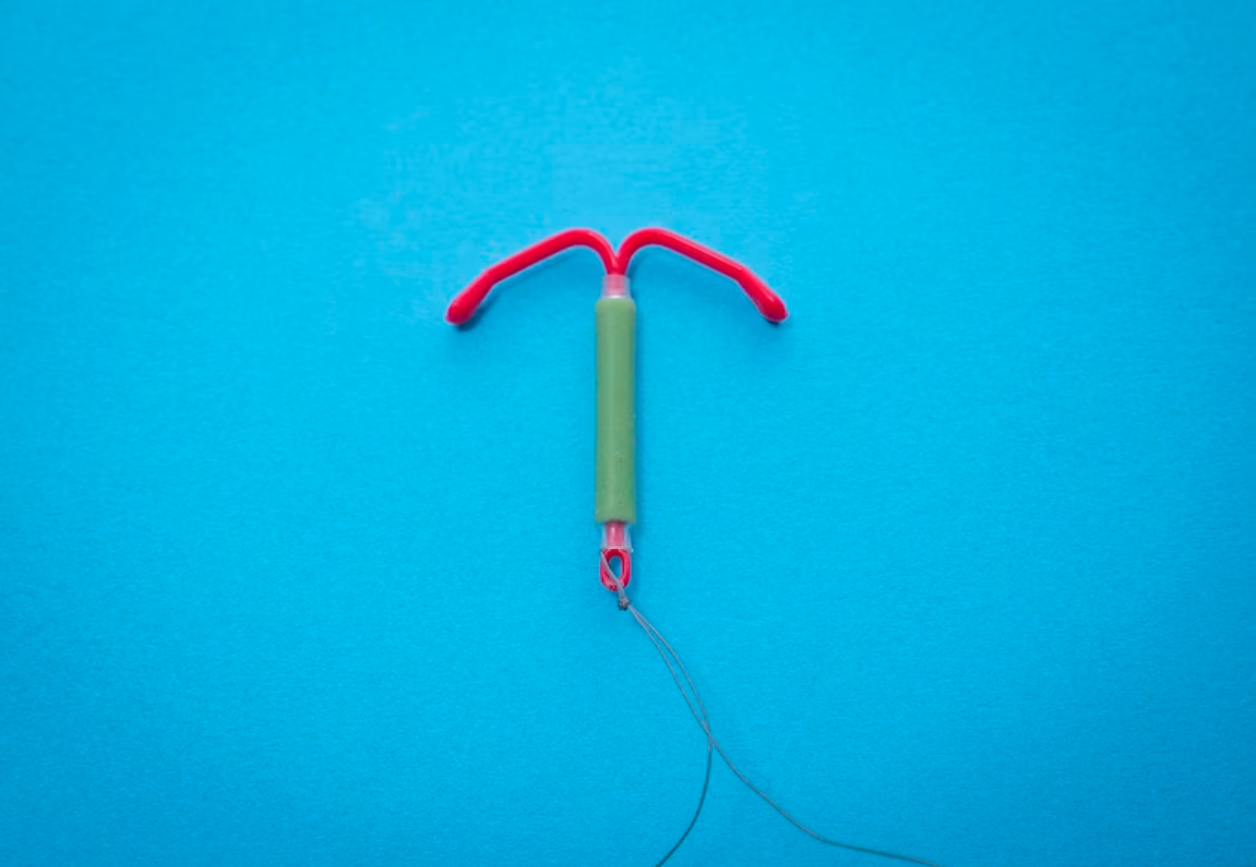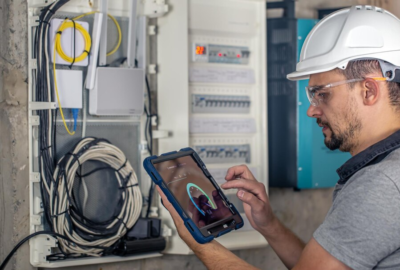Non-Hormonal IUD on the Way: Should You Choose It Over Paragard IUD?
Women have been using IUDs (Intrauterine Devices) for some time now. Since the first half of 2000s, national consumption of IUDs has gone up. However, compared to the other contraceptive options, its usage is slightly lower. But the future holds prospects for the IUD market to grow.
According to Global Market Insights, the value of the IUD market in 2022 was $4 billion. Considering unwanted pregnancies around the world, the market is projected to expand by more than 6% CAGR from 2023 to 2032.
For many women, preventing unwanted pregnancy is crucial. It enables them to decide whether they are comfortable giving birth to a child and becoming a parent. Even though there are several contraceptives to choose from, most women use hormone-based options. It helps with contraception but might not be suitable for some women.
Recently, there has been a distinctive change in people’s approach to the efficacy and safety of Paragard IUDs. It has garnered more interest from new providers and individuals who aren’t well-versed in earlier IUD controversies.
Going forward, there might be a non-hormonal IUD option for women who don’t want to or can’t use hormonal birth control methods. In this article, we will discuss one such new hormone-free IUD and understand whether women should choose this instead of Paragard IUD.
An Innovative Non-Hormonal IUD for Women
Simply put, IUDs are a type of long-acting reversible contraception, also known as LARC, inserted inside the uterus to prevent pregnancy. An IUD looks like a tiny T-shaped device composed of either plastic or copper and has a component to release hormones. The device changes the cervical mucus, hinders sperm movement, and impacts a woman’s uterine lining to prevent implantation and fertilization of a fertilized egg.
In May 2023, Sebela Women’s Health Inc. declared that its hormone-free IUD, a low-dose copper device, has shown favorable outcomes in the phase 3 study. In clinical trials, this IUD proved 99% effective in preventing unwanted pregnancy. Even participants didn’t experience any tolerance issues.
Once the FDA approves this device, it has the potential to be known as the very first non-hormonal IUD in the market after four decades. The clinical study continued for three years and included nearly 1,620 women aged between 17 and 45 years from 42 centers across the U.S. The success rate of device placement was 98.8%, and all participants shared positive experiences with the IUD placement method.
This IUD has almost half the percentage of copper that gets used in existing copper IUDs. The makers have used nitinol to create a flexible frame that measures 32mm by 30mm. Being an elastic material, nitinol ensures that the IUD is placed correctly in a woman’s uterus without creating complications.
David K. Turok, the Principal Investigator at the University of Utah, said that this flexible and newly designed frame is suitable for preventing unwanted pregnancies. He says that it is indeed exciting to consider the possibility of another non-hormonal IUD with reduced discontinuation and expulsion rates.
Should You Use Copper Hormone-Free IUD Instead of a Paragard IUD?
Paragard IUD is shrouded in various controversies. Several women have shared their personal stories about the hassles of using Paragard IUD. For instance, a Drugwatch report shared an update about Stephanie Ideus, a Nebraska woman, who filed a lawsuit against Teva Pharmaceuticals, an earlier manufacturer of IUDs.
Speaking about her Paragard IUD removal, Stephanie mentioned that the device broke inside her body. Since it was embedded in her uterus, she needed surgery to remove it, which added to her pain and discomfort.
In May 2021, Businesswire reported that several women filed Paragard lawsuit cases to get compensated for their damages. Most of these women had to undergo serious surgeries, like laparotomies, hysteroscopies, laparoscopies, and hysterectomies for removing broken pieces of the IUDs.
The FDA had shared a warning letter addressing the Paragard manufacturers. The letter mentioned that the TV commercials on Paragard didn’t warn women about the probable risks associated with it.
Currently, there is no recall for Paragard and the IUD is available in the market. Hence, women filing lawsuits are trying to bring focus on the health hazards caused by Paragard IUDs. It might compel the manufacturer to come up with safe products.
TorHoerman Law states that severe side effects of using a Paragard IUD include sepsis, ectopic pregnancy, inflammation disease, and changes in the menstrual cycles. If you have suffered after using a Paragard IUD, it is wise to keep your medical records handy. You can use them as proof to file a legal claim and get compensated for the damages.
Keeping in mind all these facts, women might find it useful to choose the new non-hormonal IUD from Sebela Women’s Health Inc. instead of Paragard IUD.
Conclusion
Women who want to make a conscious choice in pregnancy can use IUDs. Even though Paragard IUD had benefited several women, it has also given rise to complex issues during the removal process. Other than the device breaking inside the body, it has resulted in other health hazards too.
For instance, a few women faced uterine perforation after using IUDs for a while. The perforation can be felt clearly when an IUD is placed within the abdominal cavity, entirely or partially.
Since the new hormone-free IUD promises better outcomes, it is a good replacement for Paragard IUD. However, women who have experienced injuries by using a Paragard IUD, should seek medical and legal assistance to recover the damages.









